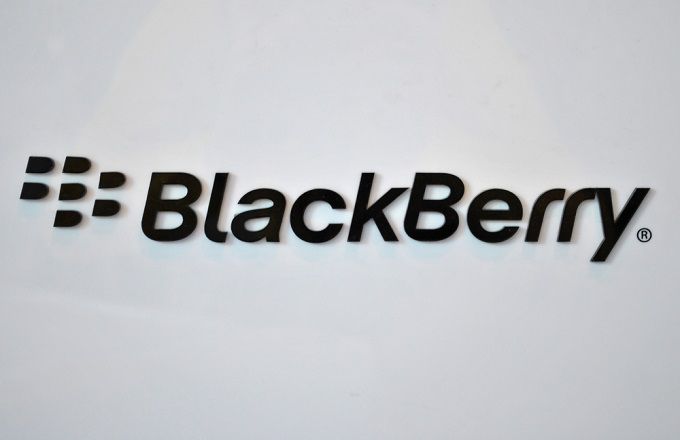/blackberry_shutterstock_278914997-cf2ec72c5761444da3c39a90efb70b73.jpg) Shares of Blackberry Limited (BB) sold off to a three-year low in Tuesday’s pre-market after the Canadian company beat second quarter profit estimates while missing revenue expectations by more than 8%. Revenues still rose more than 16% year over year, but long-suffering shareholders voted with their feet, worried that multi-year rebranding initiatives will fail to resuscitate the fallen tech giant after the well-publicized collapse of its smartphone business earlier this decade.
Shares of Blackberry Limited (BB) sold off to a three-year low in Tuesday’s pre-market after the Canadian company beat second quarter profit estimates while missing revenue expectations by more than 8%. Revenues still rose more than 16% year over year, but long-suffering shareholders voted with their feet, worried that multi-year rebranding initiatives will fail to resuscitate the fallen tech giant after the well-publicized collapse of its smartphone business earlier this decade.
The company reiterated fiscal year 2020 guidance that expects revenue to grow 23% to 25% year over year, translating to $1.13 billion to $1.15 billion. A few management changes wrapped up the release, which triggered an instant sell-the-news reaction. And ominously for remaining bulls, a minor pre-market bounce has now failed, dropping the stock below $6.50 for the first time since June 2016.
BB Long-Term Chart (1999 – 2019)
:max_bytes(150000):strip_icc():format(webp)/bb1-560b6395b9534100b5e0eb1ab1830135.jpg)
Blackberry came public on the U.S. exchanges at a split-adjusted $1.85 in February 1999 and fell to an all-time low at $1.14 just one month later. It then entered a powerful uptrend driven by the expanding internet bubble, finally topping at $29.29 in February 2000. That peak marked the highest high for the next four years, ahead of a steep bear market decline that ended within 25 cents of the 1999 low in October 2002.
A vertical uptrend erupted in 2003, completing a 100% retracement into the 2000 high in November 2004. Price action carved the handle of a cup and handle breakout pattern into the third quarter of 2006 and took off for the stars, posting an all-time high at $148 in June 2008. It held up relatively well through the economic collapse, testing new support in the $30s, but the subsequent bounce failed, yielding a secondary decline that broke the bear market low in 2011.
The steep downdraft ended at $6.22 in 2012, yielding a series of failed recovery waves that generated multiple retests at the trading floor into 2017, when the stock entered the most productive uptick in five years. Even so, the rally failed to end the multi-year string of lower highs, setting the stage for two additional tests in December 2018 and earlier this month. The stock is now probing that level for the third time in just nine months, raising the odds for a breakdown.
The monthly stochastics oscillator dropped into the oversold level in June and still hasn’t carved a bullish crossover. Even so, this lopsided configuration lowers the odds that a breakdown will unfold right here because the supply of sellers looks depleted. As a result, another recovery effort could get underway, providing shareholders with a few weeks of relief. However, the long-term technical outlook remains bearish, with an eventual trip into oblivion the path of least resistance.
BB Short-Term Chart (2016 – 2019)
:max_bytes(150000):strip_icc():format(webp)/bb2-76b136a0efb642f887fa5a44bc3bee6c.jpg)
The on-balance volume (OBV) accumulation-distribution indicator has barely budged since 2017, grinding sideways below that peak and the 2014 high. However, it has now dropped to the 2018 low, which could break in Tuesday’s session if committed buyers fail to show up. In turn, that would expose a distribution wave that reaches the 2016 low, which has been tested repeatedly in the past three years.
The stock will complete a bearish inverse cup and handle breakdown pattern if it opens the session near the 2018 and 2019 lows, setting off potential sell signals. A rally above the black line at $7.50 will then be required to negate the pattern and put the stock on firmer technical footing. That doesn’t seem likely, given the second quarter revenue shortfall, which may haunt the company for years to come.
[“source=investopedia”]










